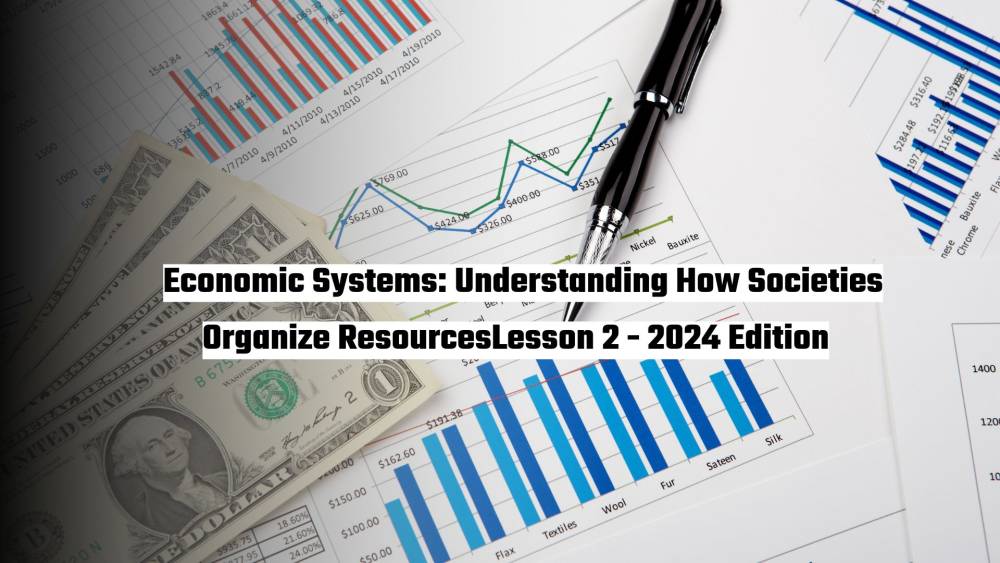Financial stability refers to the condition in which the financial system—comprising financial institutions, markets, and infrastructure—operates smoothly, fostering economic growth and confidence in the broader economy. Regulatory reform, on the other hand, is the process by which governing bodies implement laws and rules to ensure financial systems remain robust and resistant to crises.
The Concept of Financial Stability
Financial stability plays a key role in ensuring the economy operates efficiently. Stable financial systems enable businesses to grow, individuals to manage risk, and governments to fund public services. Without it, disruptions can lead to widespread economic downturns, as seen during financial crises throughout history.
Historical Perspective on Financial Crises
Throughout history, financial crises have demonstrated how instability can quickly spread across economies. The Great Depression (1929), the Asian Financial Crisis (1997), and the Global Financial Crisis (2008) are just a few examples where financial instability led to prolonged economic hardships.
Key Factors Influencing Financial Stability
Several factors influence financial stability, including:
- Macroeconomic Indicators: Factors like inflation, interest rates, and GDP growth influence the health of financial systems.
- Role of Financial Institutions: Banks and financial intermediaries must manage risks effectively to prevent widespread defaults.
- Systemic Risks: Weaknesses within one part of the financial system, if not managed, can ripple through the entire economy.
Impact of Financial Instability
When financial systems become unstable, the effects can be severe:
- Economic Growth: Instability stifles investment, innovation, and entrepreneurship.
- Unemployment: Financial instability can lead to business closures, layoffs, and increased joblessness.
- Social Inequality: Disadvantaged groups are often the hardest hit during financial crises, exacerbating existing social divides.
Regulatory Reform in Financial Systems
Financial regulatory reform is aimed at creating rules that prevent future financial crises, maintain economic stability, and ensure the protection of consumers and investors.
What Is Regulatory Reform?
Regulatory reform refers to the changes and improvements made to financial regulations over time. These reforms are driven by lessons learned from past crises, technological advances, and the need to adapt to a globalized financial system.
Major Financial Reforms Post-2008 Crisis
In the aftermath of the 2008 Global Financial Crisis, major reforms were introduced to strengthen financial systems:
- Dodd-Frank Act: A U.S. reform law designed to prevent excessive risk-taking and enhance consumer protection.
- Basel III: An international regulatory framework that increased capital requirements for banks.
- European Financial Stability Mechanism (EFSM): Established to provide financial assistance to eurozone countries in financial distress.
Objectives of Regulatory Reforms
The primary goals of financial regulatory reforms include:
- Preventing Future Crises: Minimizing systemic risk and preventing excessive risk-taking by financial institutions.
- Enhancing Transparency: Ensuring financial products and services are transparent, enabling consumers and investors to make informed decisions.
- Promoting Fair Competition: Establishing rules that prevent monopolistic practices and encourage healthy competition in the financial sector.
Types of Financial Regulations
Various types of financial regulations are implemented to ensure the proper functioning of financial systems:
- Prudential Regulations: Designed to protect the soundness of financial institutions by managing risks like credit and market risks.
- Conduct Regulations: Focused on ensuring fair treatment of consumers and preventing fraud or misconduct.
- Macroprudential Policies: Aimed at addressing systemic risks and protecting the broader financial system from collapse.
Role of Central Banks and International Institutions
Central banks and international institutions play a vital role in maintaining financial stability by enforcing regulations, providing oversight, and offering guidance during financial crises.
- Central Banks: Provide liquidity to financial institutions in distress and regulate monetary policy to ensure stability.
- International Monetary Fund (IMF): Offers financial assistance and advice to countries facing balance of payment crises.
- Financial Stability Board (FSB): Coordinates national financial authorities to promote international financial stability.
Challenges in Achieving Financial Stability
Despite progress in regulatory reform, significant challenges remain in ensuring financial stability across global economies.
Regulatory Gaps and Overlaps
One of the critical challenges is the presence of regulatory gaps and overlaps. In a globalized financial world, cross-border regulatory coordination is crucial but often lacks consistency.
Balancing Financial Innovation with Stability
Innovation in finance, such as fintech and blockchain technology, presents both opportunities and risks. Regulators must strike a balance between encouraging innovation and ensuring stability.
Political and Economic Resistance to Reforms
Financial reforms often face opposition from political and economic actors, including lobbying from large financial institutions resistant to regulatory changes.
The Future of Financial Stability and Regulatory Reform
Looking ahead, financial stability will depend on adapting to new risks, such as climate change, cybersecurity threats, and the rapid pace of technological change.
Emerging Trends in Global Financial Regulation
Future regulatory reforms are likely to focus on:
- Sustainable Finance: Creating frameworks that encourage environmentally and socially responsible investments.
- Digital Currencies: Regulating the rise of cryptocurrencies and central bank digital currencies (CBDCs).
- Cybersecurity: Implementing regulations that protect financial systems from digital attacks.
Importance of International Cooperation in Financial Stability
Financial stability is a global concern. International cooperation, such as through the G20 and IMF, is critical to preventing crises that can spread across borders.
Balancing Financial Stability and Economic Growth
While financial stability is essential, it must be balanced with the need for economic growth. Public policy plays a pivotal role in achieving this balance without stifling innovation or economic expansion.
FAQ
What is financial stability, and why is it important?
Financial stability ensures the smooth operation of the financial system, crucial for economic growth and public confidence.
What are the main goals of financial regulatory reforms?
The primary goals are to prevent future financial crises, ensure market transparency, and promote fair competition.
How do financial reforms impact economic growth?
Reforms enhance the resilience of financial institutions, leading to sustainable growth by minimizing systemic risks.
What is the Dodd-Frank Act, and how has it shaped U.S. financial regulations?
The Dodd-Frank Act is a post-2008 reform that imposes stricter regulations on banks and financial institutions to reduce excessive risk-taking.
How do global financial institutions like the IMF influence financial stability?
The IMF offers financial assistance, policy advice, and surveillance to countries, helping maintain global financial stability.
What challenges do countries face in implementing financial reforms?
Countries often face political resistance, economic pressures, and the complexity of coordinating reforms across borders.

































